
Altstadt-Lehel is the number 1 city district in Munich.
The Altstadt-Lehel district is located on the west side of the Isar River and is the center of Munich, where the main tourist life of the city takes place.
Today's Altstadt-Lehel district is formed from two former districts: Altstadt and Lehel.
The district includes, on the one hand, the historic old town, and on the other - Lehel, which is adjacent to the old town from the northeast and is bounded by the river Isar:
- the perimeter of the old city the old city formed a ring and corresponds to the historical city center, which was surrounded by a wall and defensive fortifications during the middle ages;
- Lehel, in which originally lived the poor who were not allowed to live in the city, was located outside the fortified walls. So Leel often called "the oldest suburb of Munich."
Old town Munich (Altstadt München) is the heart of the city and contains within its borders the most visited and important sights in Munich.
Also within Munich's old town there are many cafés and restaurants, shops and boutiques, there are pedestrian streets, squares, museums and accommodation facilities (hotels and similar accommodation - full apartments with all the amenities).
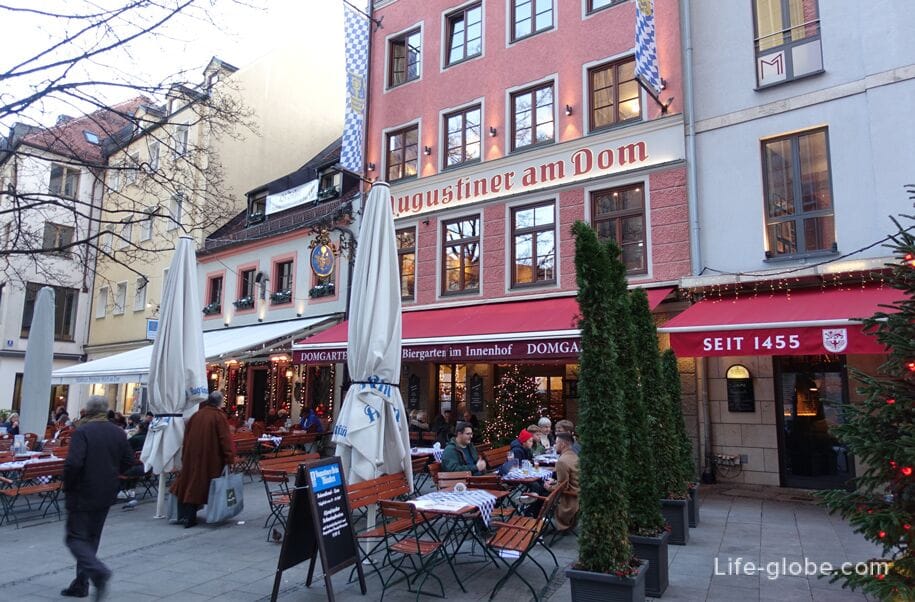
The main attractions of the old town are:
- the Central city square of Marienplatz, where you can find Old and New town hall, the column of Mary and "Fish fountain";
- The old courtyard (Alter Hof), a former Ducal Palace and the first Imperial residence of the rulers of Bavaria, Dating to the 12th century;
- Munich residence (Münchner Residenz), which was a luxurious Palace full residence of the rulers, and today is one of the most important art museums in Europe;
- the Hofgarten Park, adjacent to the North wing of the Munich residence, which was originally built as a court garden;
- city gates and the remains of the fortificationsthat once surrounded Munich;
- Frauenkirche (Church of our lady), the current Cathedral of the Catholic Archdiocese of Munich and Freising, the history of which originates from 1468;
- St. Peter's Church (Peterskirche), originating from the 11th century and in the tower-the bell tower where nahoditsa circular observation deck;
- Hofbräuhaus is one of the oldest beer halls in Munich.
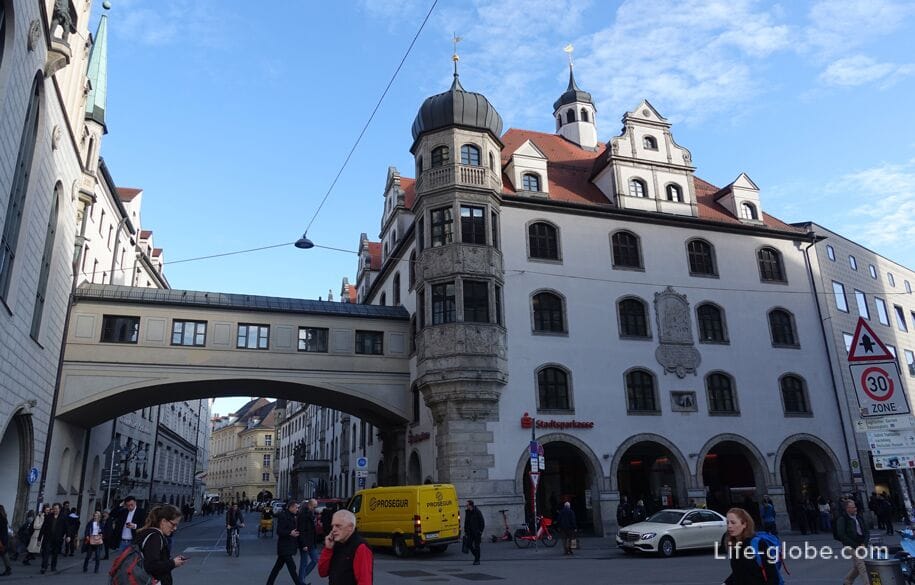
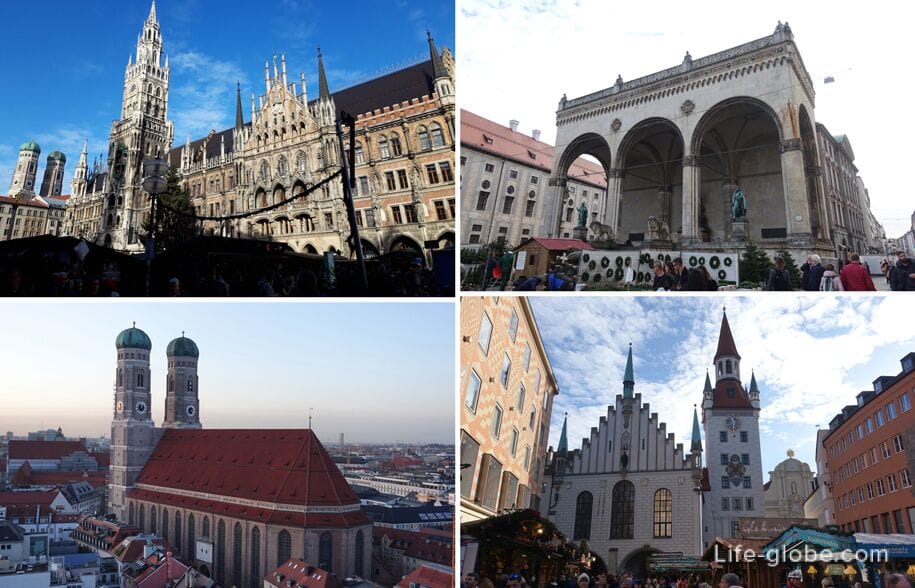
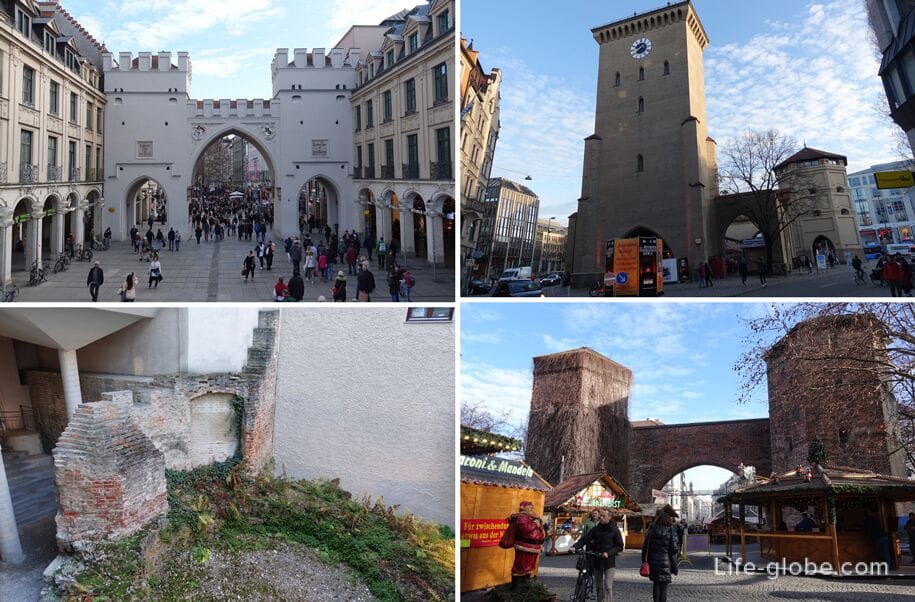
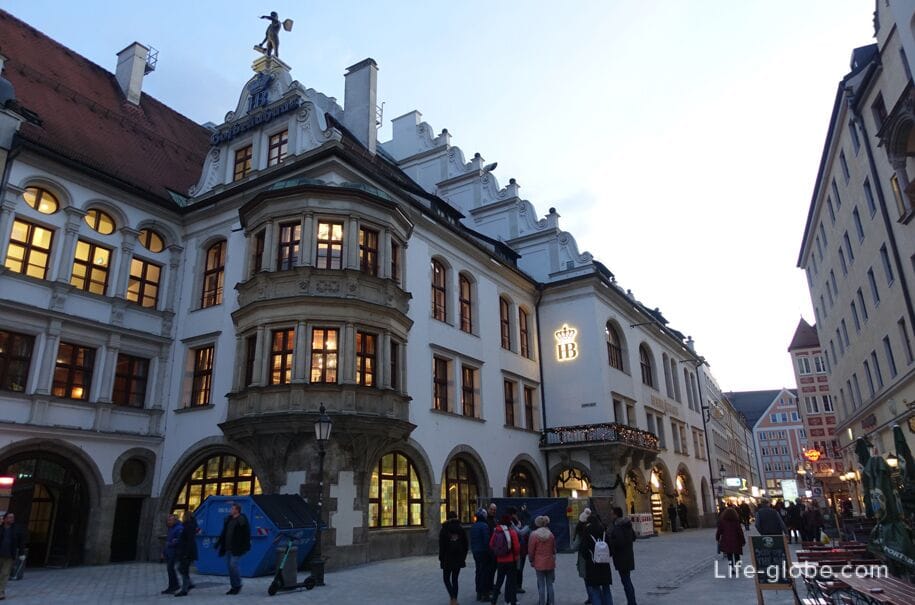
Within the old town are on the squares and streets, the most visited of which are: square Odeonsplatz; the area of max Joseph (Max-Joseph-Platz); square Platzl; St. James (Sankt-Jakobs-Platz); street Sendlinger straße underground station; street Kaufingerstrasse and Neuhauser Strasse (Kaufingerstraße, Neuhauser Straße).


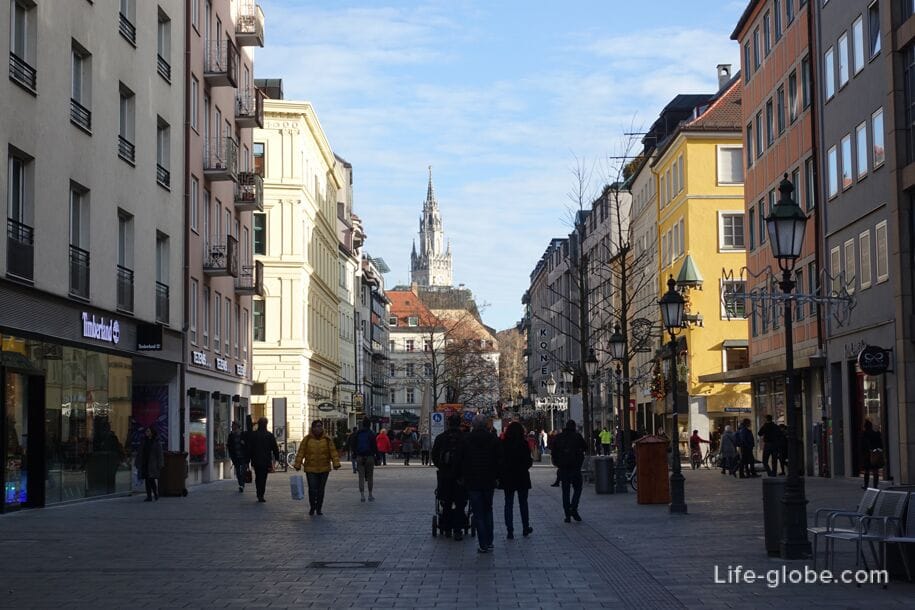
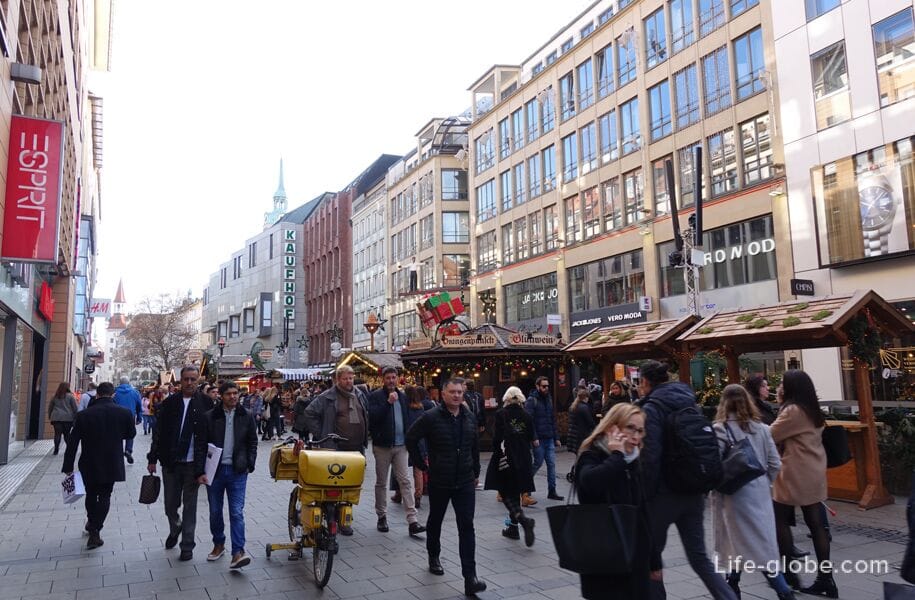
On the eve of Christmas and New year one of the most visited places in Munich, including in the old city become Christmas markets - when the squares and streets set up the tents and kiosks, of which there is a lively trade of drink, including warming mulled wine, food (sausages, burgers, cabbage, etc), snacks, sweets, food, Souvenirs and Christmas goods. Read more about Munich's old town...
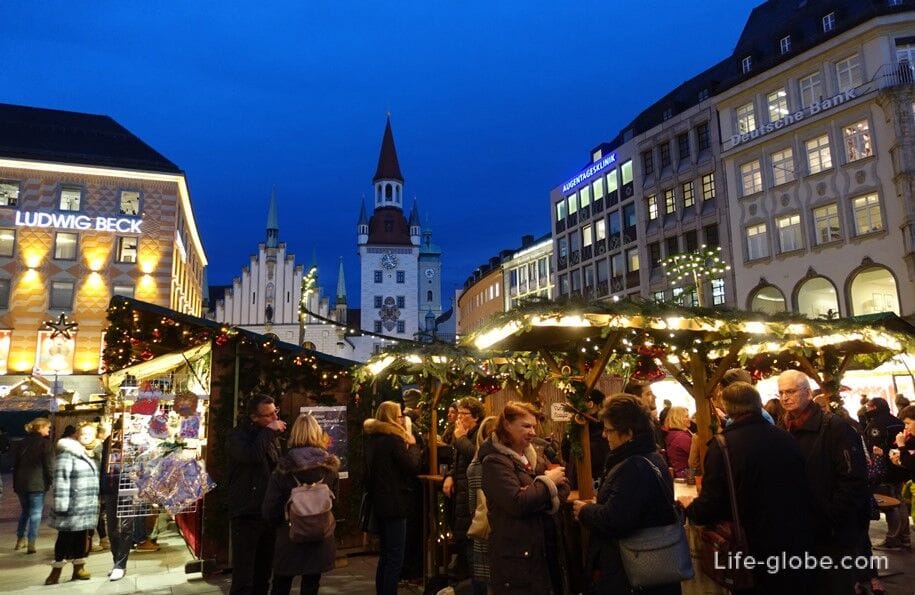
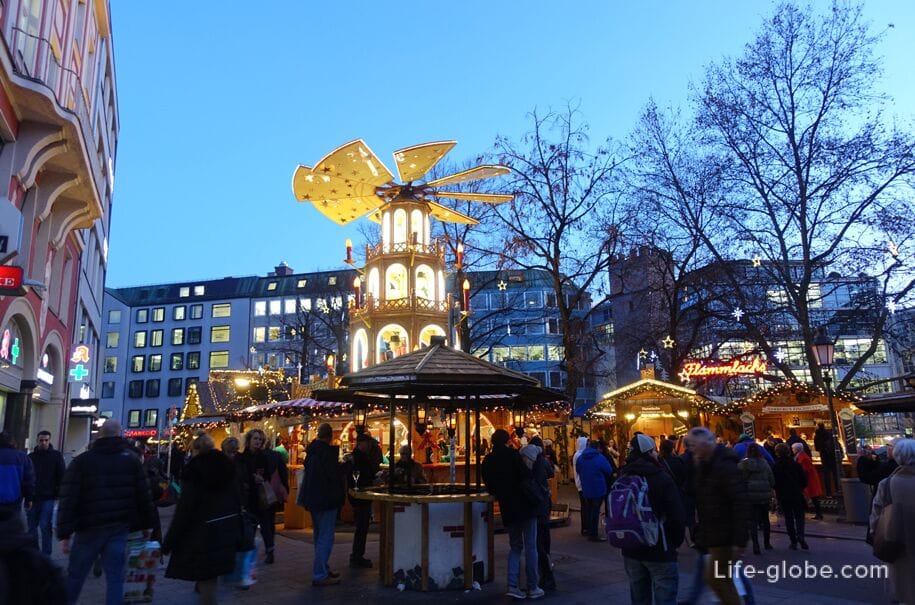
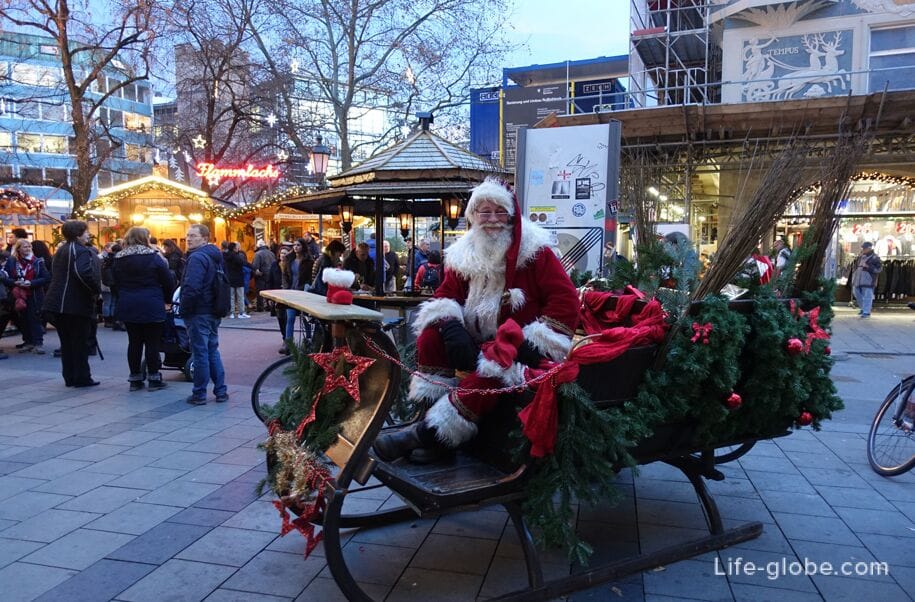
Financial garden (Finanzgarten) is a small public Park located on the northwestern outskirts of the Altstadt district-Leel.
Currently, the Park is better known as the garden of the poets (Dichtergarten) and a place revered by poets and writers associated with the city of Munich.
The Park has monuments: the poet Fyodor Tutchev and Heinrich Heine (Heinrich-Heine-Brunnen), designed by Tony Stadler (1957-1958). A monument to Heine is behind bars, in the preserved basement of a garden pavilion.
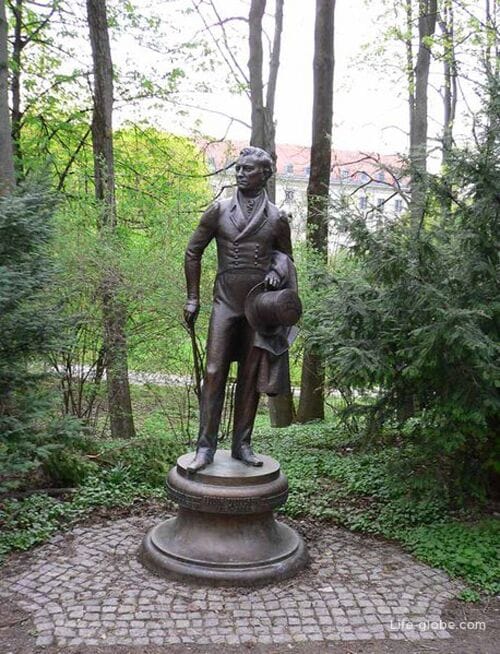
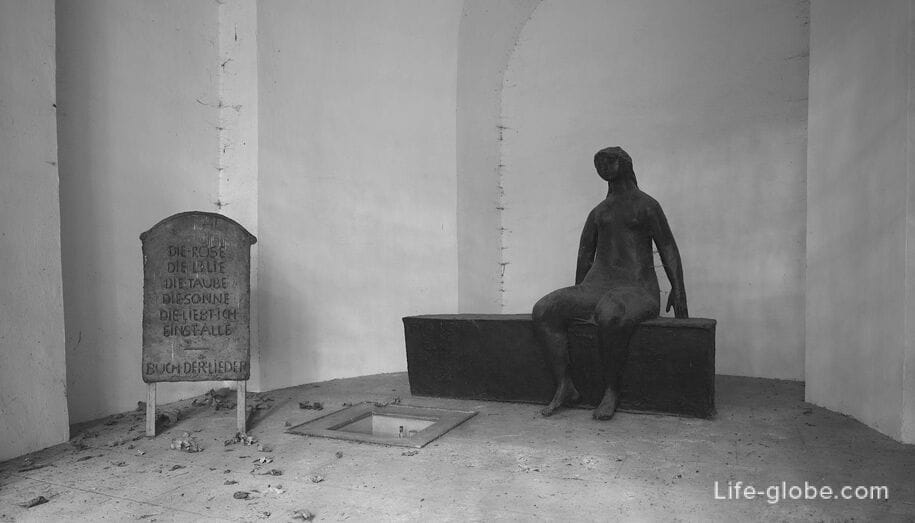
On the Eastern edge of the Financial garden is the Palace of Prince Charles (Prinz-Carl-Palais-Brunnen), which was built in the style of early Neoclassicism in 1804-1806, as a private residence for the Abbot Pierre de Calabera.
In 1807, Maximilian I acquired the building. In 1825, his son Ludwig I transferred the building to his brother Prince Charles. After Carl's death the Palace was a place of diplomatic missions of Austria-Hungary in 1876, and then became the residence of the Bavarian Prime Ministers in 1924.
Address of the Palace: Koeniginstrasse, 1 (Königinstraße).

In the 19th century in Munich was built four Royal Avenuethat led from the city centre.
Royal avenues are now an important urban boulevards located in the heart of Munich and along which are located, including museums, former palaces and magnificent buildings.
Two of the four Royal avenues is located in the district of Altstadt-Lehel
Maximilian street (Maximilianstraße) is one of the most expensive streets in Germany with the highest retail rents.
The construction of the Avenue began in the early 1850-ies by decree of the Bavarian king Maximilian II, in whose honor the street was named.
Stretches the Maximilian street in the direction from the West (in the old town of Munich) in the South-East to the river ISAR (the Maximilian bridge) and connects to a square of max Joseph (Max-Joseph-Platz) with the historical building, the Maximilianeum.
Along the street there are: 5-star hotel Vier Jahreszeiten Kempinski München, Munich chamber theatre "Kammerspiele", the government building of Upper Bavaria, the five continents Museum, a monument to Maximilian II and the building, known for its galleries, which houses outlets of world brands, designer shops, jewelry stores, boutiques and salons. Read more about maximilianstraße...
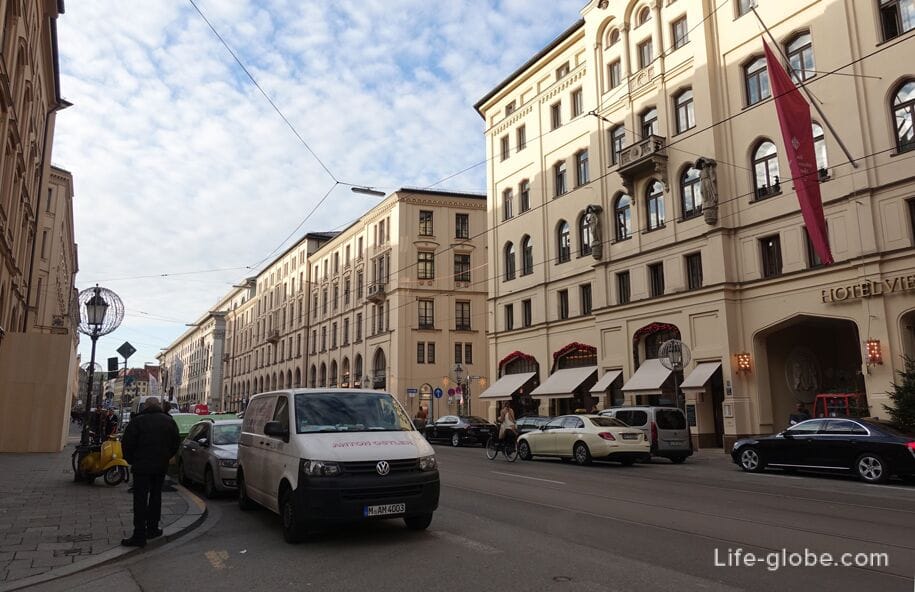
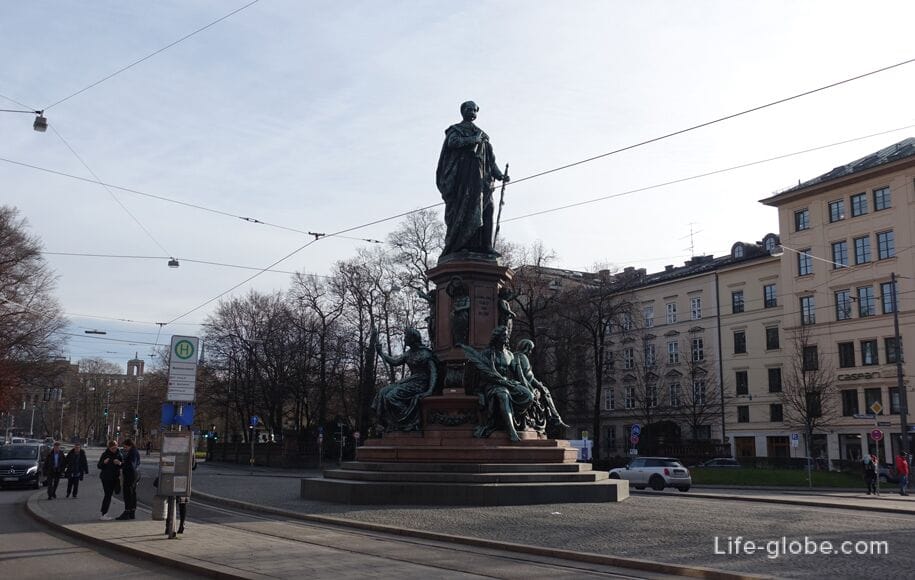
Street Prinzregentenstrasse (Prinzregentenstraße) was built starting in 1891, as the main street for the middle class by order of the Prince Regent of Bavaria Luitpold, and named in his honor.
Prinzregentenstrasse stretches from the North-Eastern edge of Munich's old town in an easterly direction and beyond the district of Altstadt-Lehel.
Along the street: the house of art, English garden, Bavarian national Museum, collection of Schack, memorial angel of peace , with an observation deck, Villa Stuck, the theatre of the Prince Regent, the stadium of the Prince Regent and the Church of St. Gabriel. Read more about Prinzregentenstrasse...

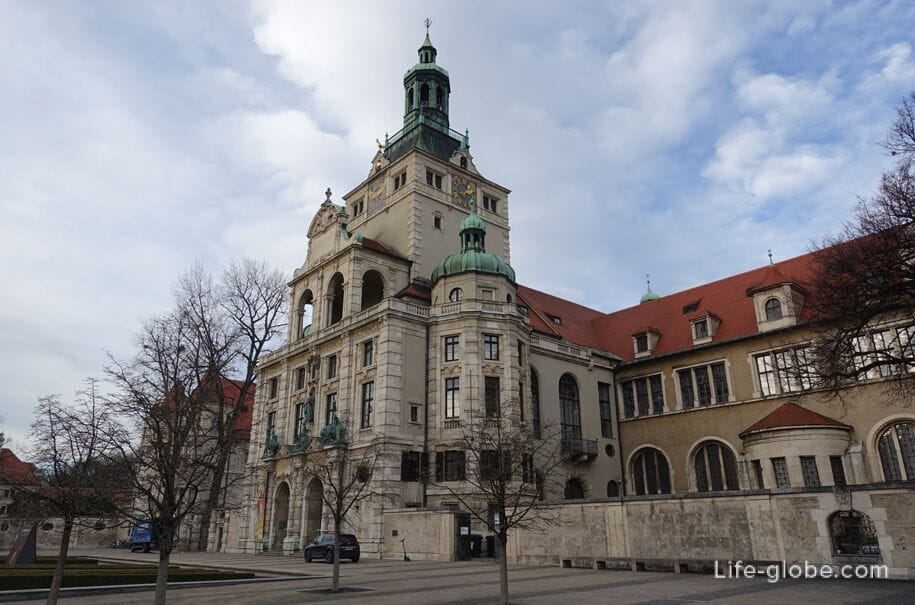
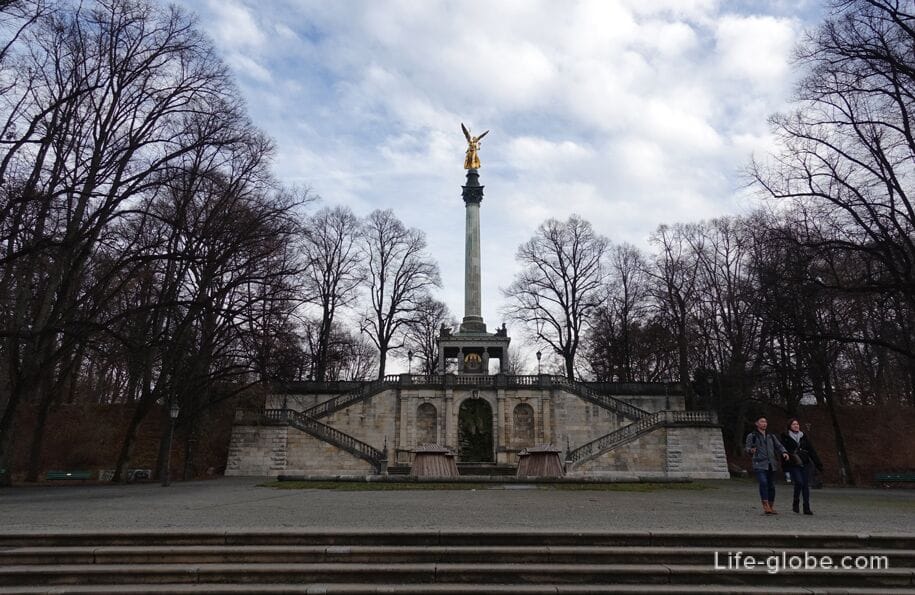
Church of St Luke (St. Lukas), also called Lukaskirche (Lukaskirche) is the largest Protestant Church in Munich, which is the only almost completely preserved the Lutheran Church in the historic part of the city.
The Shrine was built in the years 1893-1896.
Today this magnificent and without a doubt, an exquisite architectural building stands on the shore of the river and attracts the attention of a predominantly Romanesque features two high towers overlooking the river and a large dome.
The interior of the Church is based on early Gothic.
The address of the Church: Mariannenplatz, 3 (Mariannenplatz). Read more about St. Luke...
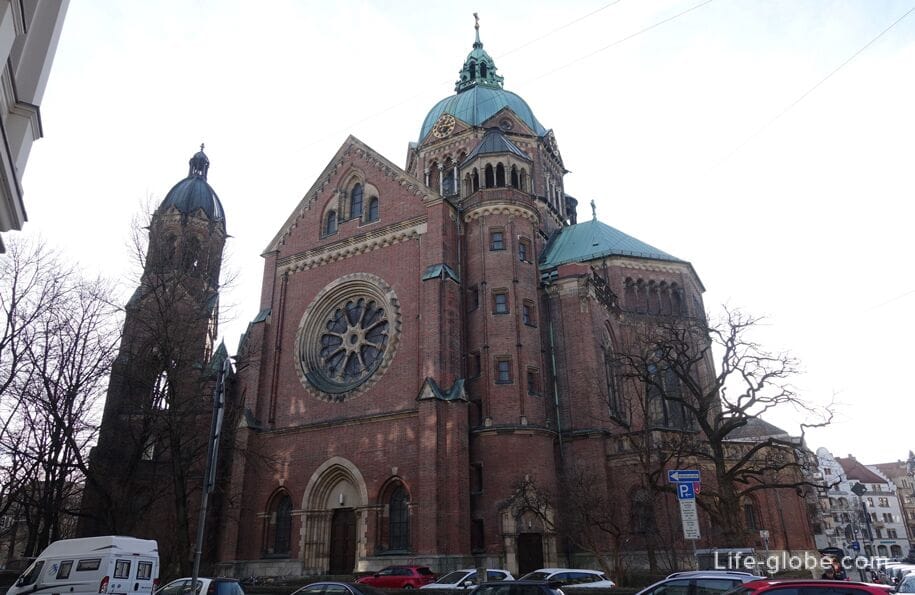
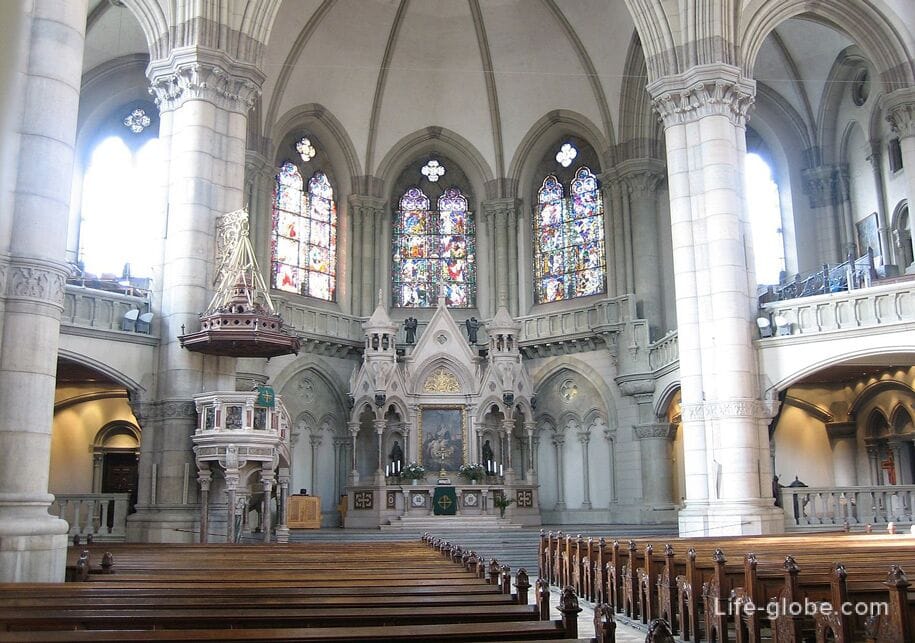
The ISAR river flowing through the city of Munich in the direction from South to North, separates the district of Altstadt-Lehel from the Eastern shore of the river.
The bridges across the ISAR connects the Western and Eastern banks of the river, including two Islands located on the river.
The district of Altstadt-Lehel applies the Prater island (Praterinsel), which are located: a small Park, children's Playground, rental spaces and a beach club and the Alpine Museum (Alpines Museum), a permanent exhibition which, among other things, demonstrates the touristic use of the Alps. Read more about the island of the Prater...
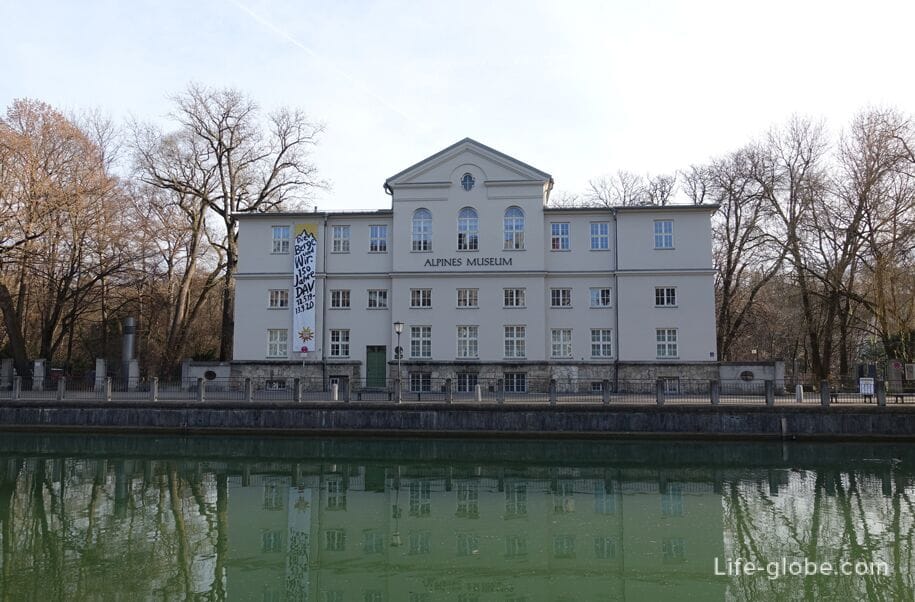
In the district of Altstadt-Lehel along the ISAR river are embankments: street Steinsdorfstr (Steinsdorfstraße) and street Widenmayerstrasse (Widenmayerstraße). Some of the buildings along the streets are monuments of history and architecture.
At any time of year, the promenade along the river and(or) numerous bridges across the river, can be a great solution.
Some of the bridges represent engineering monuments, while others are completely pedestrian. Read more about the bridges and embankments in the centre of Munich...

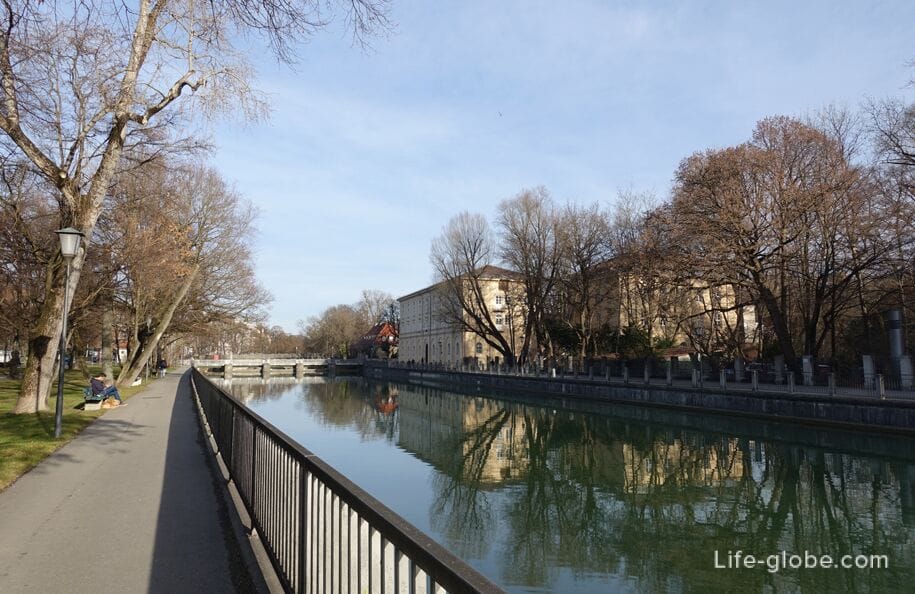
Santa Ana square (St.-Anna-Platz) is considered the center Leela was created in the late 19th century in the construction of the new parish of St. Anne's Church (Pfarrkirche St. Anna).
St Anne's Church, located in the center of the square, was erected in neo-Romanesque style in the years 1887-1892, according to the plans of the German architect Gabriel von Seidl's. The Church is considered one of the best examples of historicism in Munich.
Inside the Church deserves attention apsida fresco above the main altar, created by the German artist and craftsman Rudolf von Seitz.

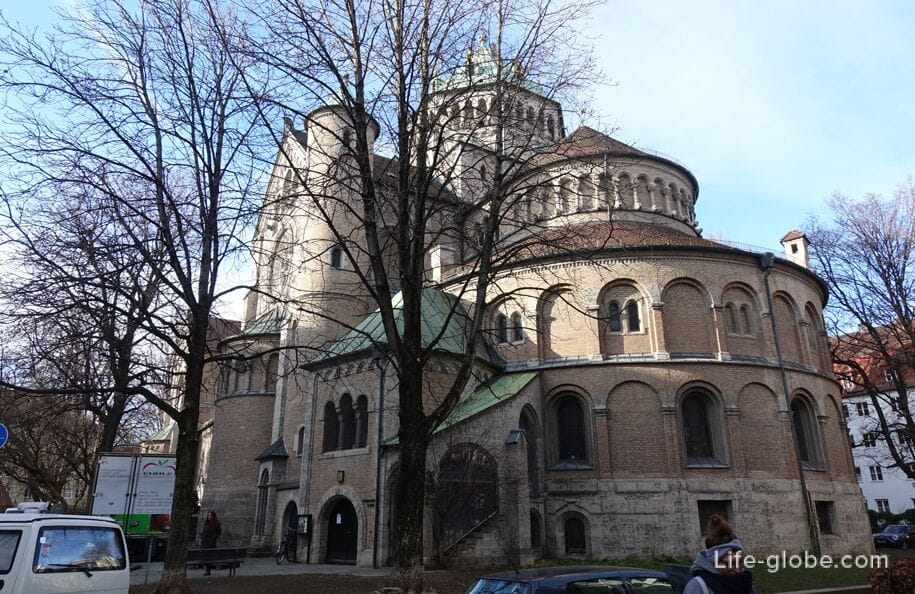
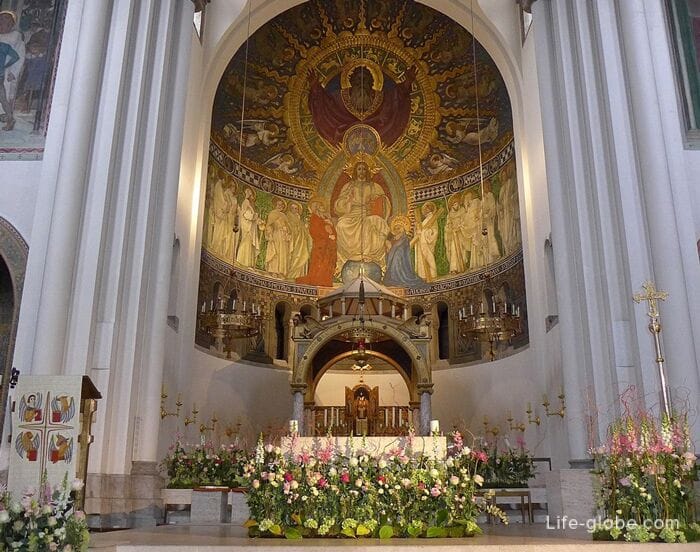
Across the street of St. Anne (St.-Anna-Straße) from the Church of St. Anna is the same name monastery St. Anna Church (Klosterkirche St. Anna), which is the first Church built in the Rococo style in Old Bavaria, which formed the development of sacred architecture in Bavaria.
Today it is the monastery Church of the Franciscan monastery in Munich.
The construction of the Church began in 1727 in gratitude for the birth of the heir to the Bavarian crown Maximilian III.
In the Church is notable for themurals, the main altar, the pulpit and the organ.


On one of the houses in the Eastern part of the Plaza Santa Ana square there is a memorial plaque to the writer lion Feuchtwanger, who lived here in his youth.
Some of the houses in Leela built in neo-Baroque or neo-Renaissance. A they even say this is the most beautiful area in the Bavarian capital.
For example, it draws attention to the building, which now houses 4-star hotel Opera, located in the center Leela, to the address: street of St. Anne, 10. Hotel: the courtyard garden and elegant rooms with free Wi-Fi and included Breakfast. Link to the hotel

In the district of Altstadt-Lehel includes the southern part of the English garden (Englischer Garten) which is a public Park and one of the largest urban parks in the world.
Currently, the English garden is a popular place for walks, leisure and sport, both among locals and visitors alike.
In the Park there are several significant attractions including: the observation deck with rotunda, Japanese tea house, Chinese tower, the wave of the "Eisbach", restaurants with beer gardens and St. read More about the English garden...
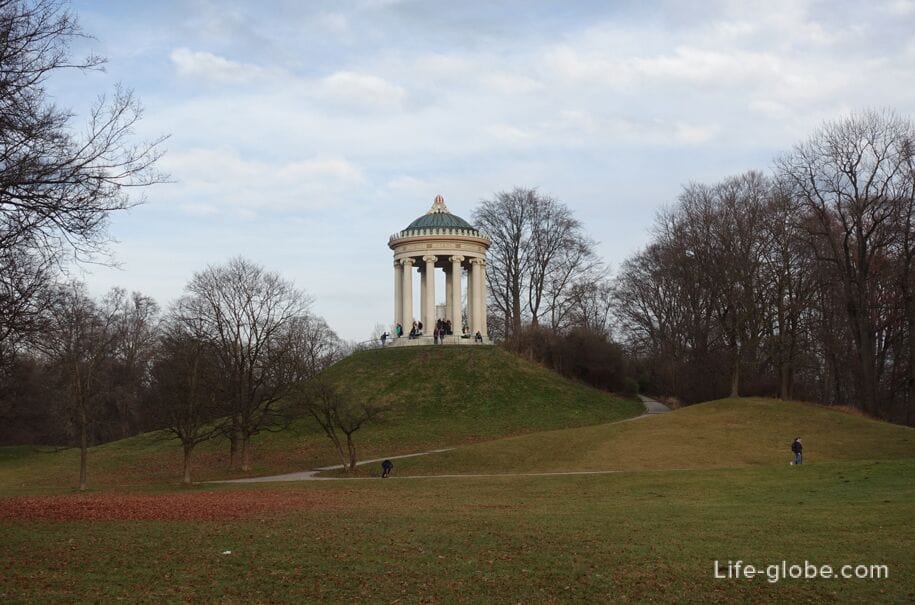
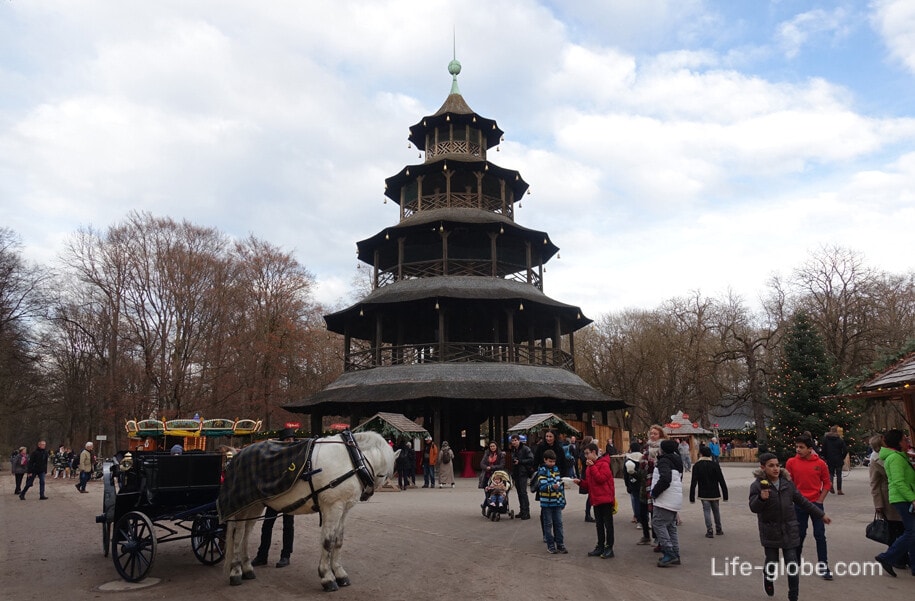

The district of Altstadt-Lehel borders the following areas: Schwabing-Freimann (Schwabing-Freimann) in the North of Bogenhausen and AU-Haidhausen (Au-Haidhausen) in the East on the other Bank of the ISAR, Munich is Isarvorstadt (Munich-Munich) in the South and South-West and Maxvorstadt in the North-West.
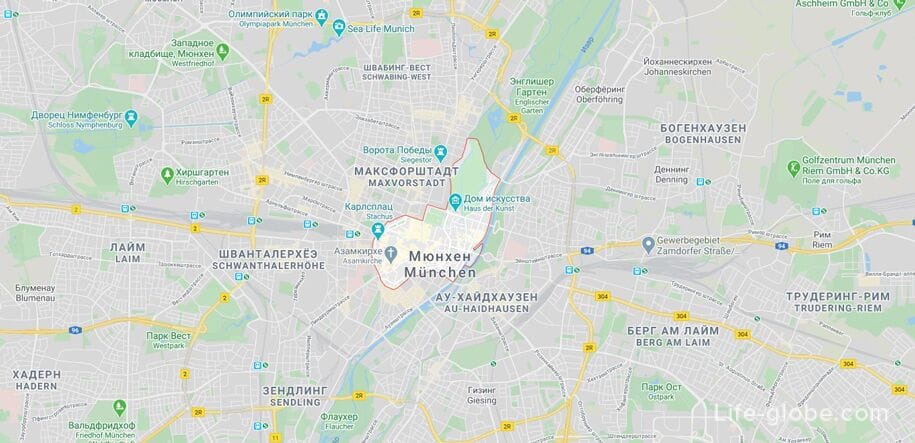
5-star hotel Bayerischer Hof with 5 restaurants, 6 bars and a Spa with a rooftop pool, sauna and gym.
The rooms and suites: air conditioning, high speed Wi-Fi. Complimentary fruit basket and bottle of mineral water. Link to the hotel
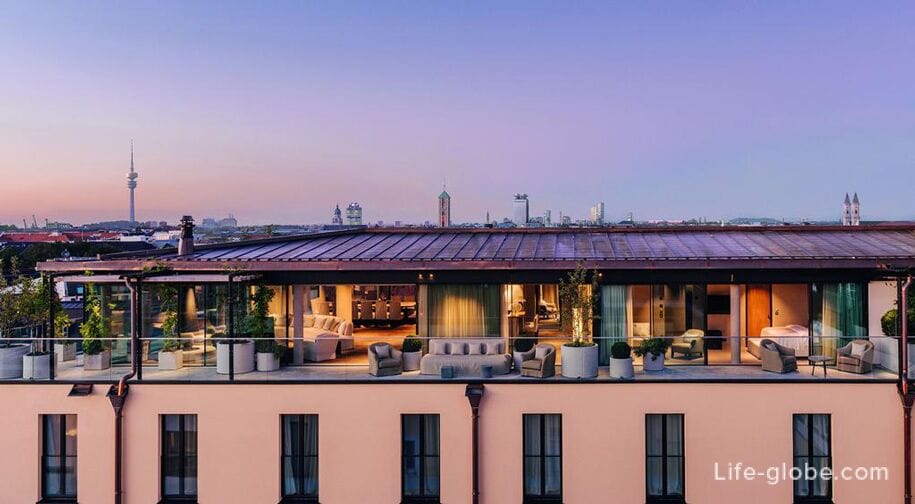
Hotel BEYOND by Geisel, located opposite the New town hall.
In the hotel: lounge area, bar, Parking, free Wi-Fi, hour front Desk and a shared kitchen with a dining area.
In rooms: air conditioning, flat-screen TV and Bluetooth speakers. The bathroom has a rain shower.
Room rates include Breakfast. Link to the hotel
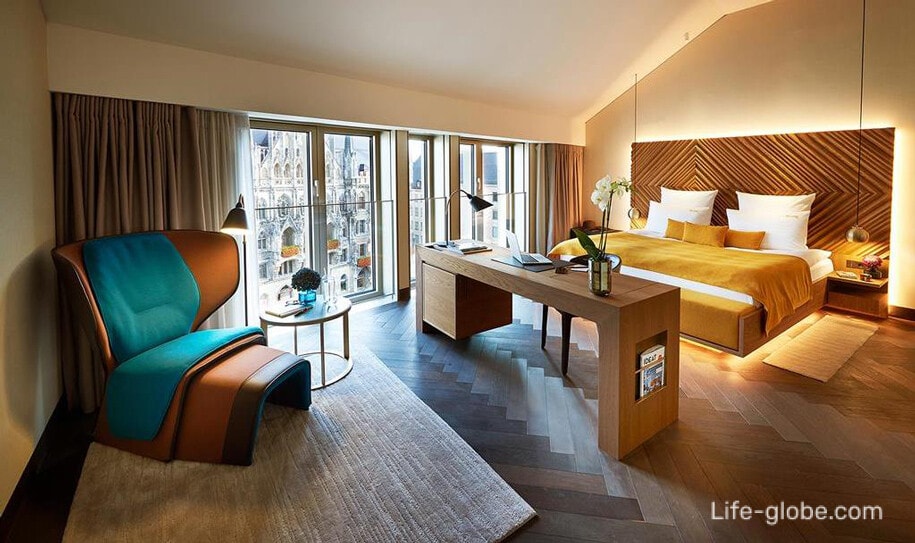
The 5-star Mandarin Oriental with a circular terrace with panoramic city views, lounge, restaurant, Turkish steam bath, a sauna and a fitness center.
The rooms and suites: entertainment system Samsung and free mini bar. The marble bathroom is stocked with toiletries.
Room rates may include Breakfast. Link to the hotel

The 4-star Platzl Hotel Superior with free Spa, a restaurant, a pub with a beer garden and free Wi-Fi.
The Soundproofed rooms feature wooden furniture and include a flat-screen TV, Windows from floor to ceiling Windows and laptop safes. The bathrooms include bathrobes and Slippers. Each room offers a complimentary bottle of water.
Room rates may include Breakfast. Link to the hotel
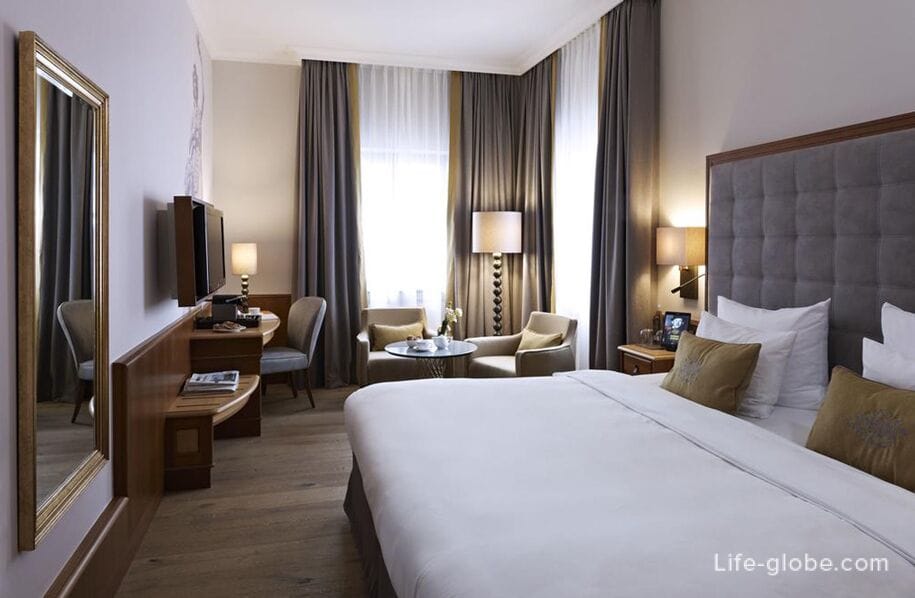
The Louis hotel offers a restaurant, bar, fitness centre, Parking and Wi-Fi throughout.
In the room: French balcony, flat-screen TV, DVD player, iPod dock and air conditioning. The bathroom has a window.
Room rates may include Breakfast. Link to the hotel
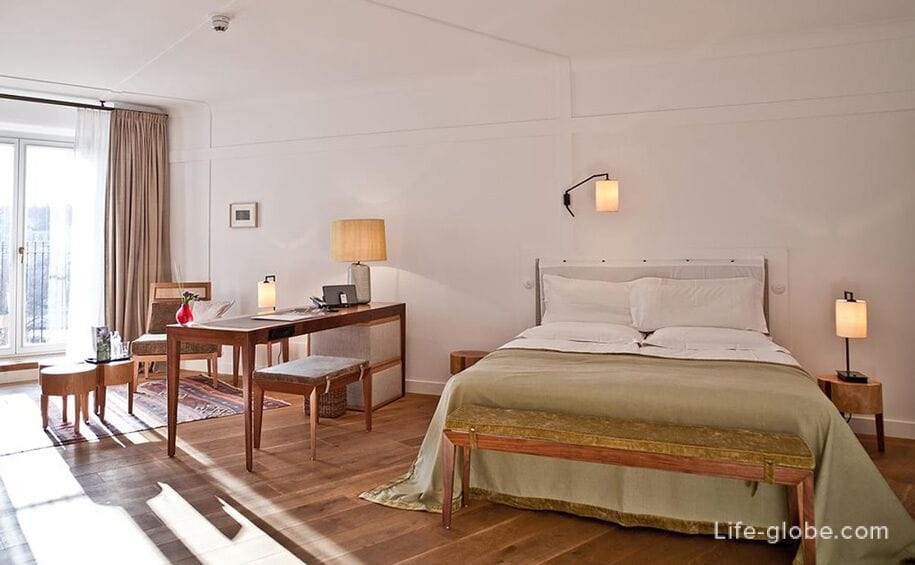
All accommodation in Munich, including in the district of Altstadt-Lehel and in the city centre, you can view and book here